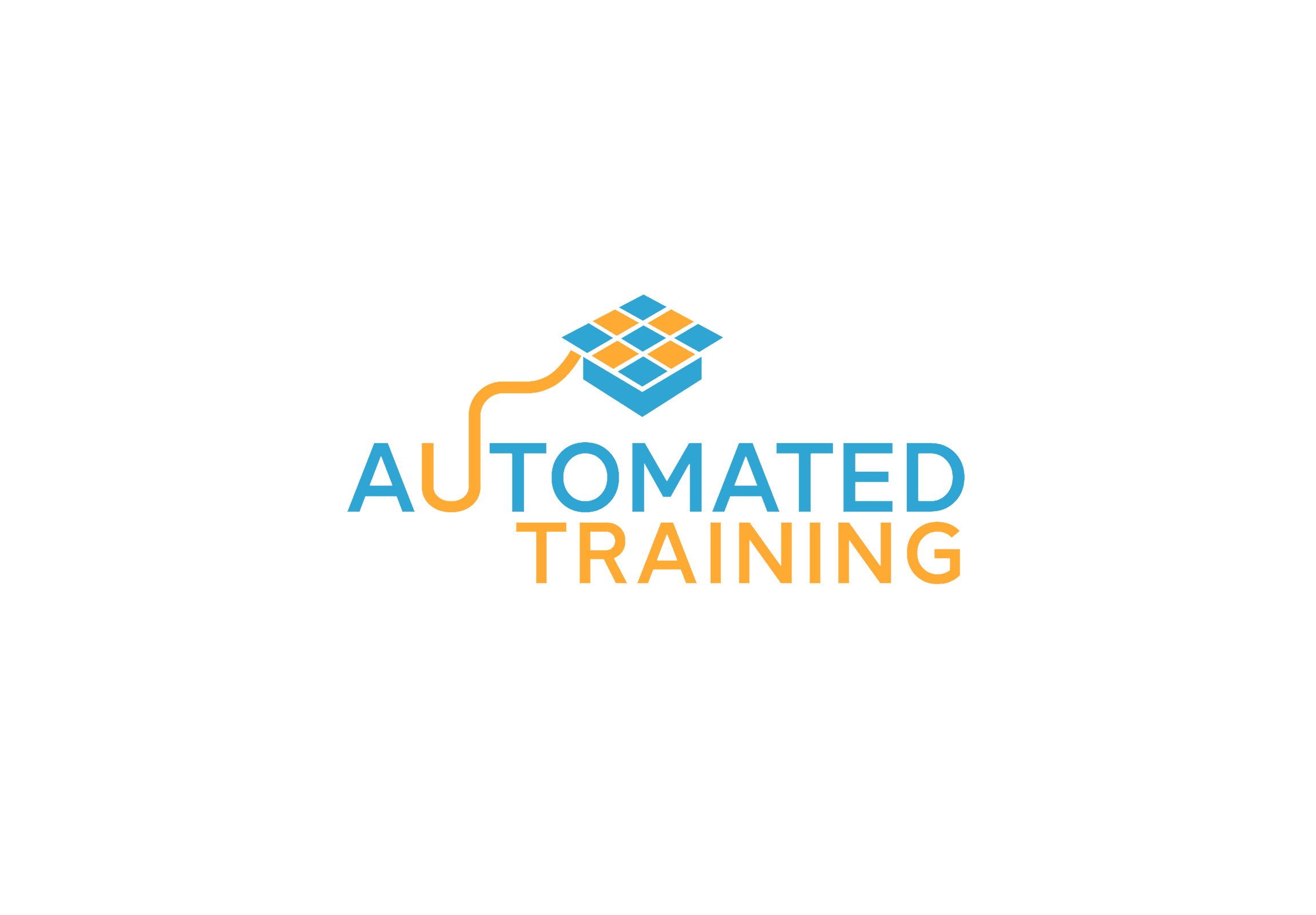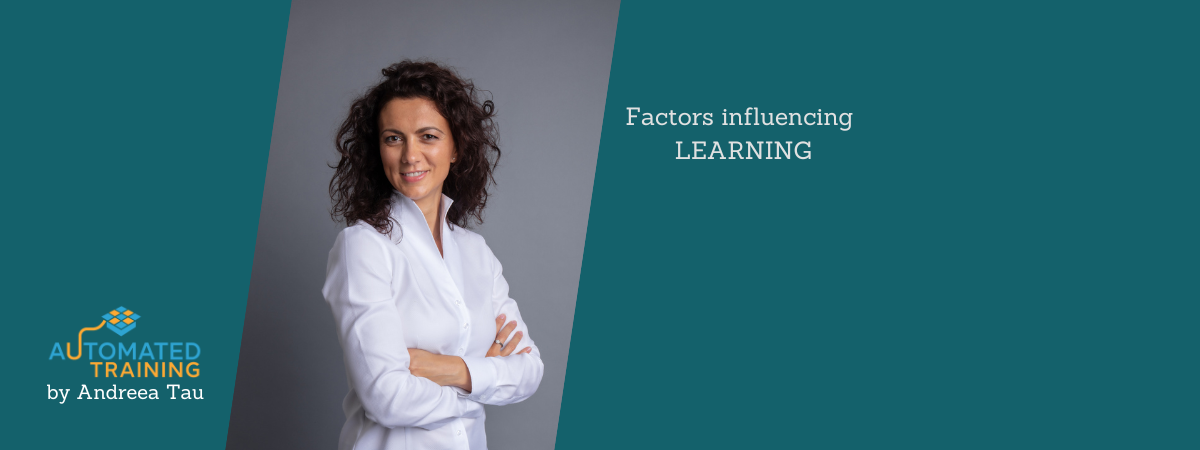This article offers the best solution for increasing employees’ motivation for learning during the trainings.
Do you what motivates your employees to pay attention and retain as much information as possible during trainings?
The story starts with:
“I attended a training”
True story. A typical conversation between two employees in the hallway of a software development company:
“Morning! Did you solve that bug yesterday!”
“No! And it stresses me already for a week!”
“Should I take a look at it sometime during the day?”
“No! I am attending a stupid training for the next 3 days!”
End of story.
Explanation of the complot:
Please do not take it personally, if you are a trainer! I was a trainer myself and have not only heard this phrase in the company’s hallway but have experienced the related attitude. The truth is that we are not always available for learning.
We all have stressful times at work, mainly due to urgent or complicated tasks. And everything that pops up and is not related to that task, is listed with such a pejorative description. And “stupid training” was not even addressed to the content of the training … but the TIMING. Under other circumstances that training would have been “the coolest training ever”.
But what makes the difference between:
“I attended a training” and “that was the coolest thing that I ever learned”?
What should be the circumstances to switch from “a must-do” to “the coolest training ever”?
What influences employees’ motivation for learning?
Learning availability!
You might say: “learning availability” there is no such thing. As an employee, you learn because you have to. You learn in training because you need that information to do your job and there is no negotiation about when and why or for how long. As Nike puts it: “just do it!”.
And this concept is not true and it doesn’t even work like that. In learning (and training), as in many aspects of life, it matters much more to do things right than just to have them done.
So, what need your employees to increase learning availability in trainings?
And what actually do I measure with “learning availability”?
MOTIVATION
Motivation is the secret to achieving everything. Also learning and retention.
And what is the greatest motivation for learning?
The NEED!
All creatures learn things only if they have the need. The dog learns to open the door because it has the need to go out.
At the job, the need might be to solve a problem, find a solution, or implement a task. So, the assigned task/problem generates the need to learn the associated information. And this is how motivation for learning is cultivated (in case it was not already there).
But after the age of 25, learning happens only if we are very specific about what we learn and only if we create a cone of attention for that matter because:
“At each stage, our brain decides how much importance it should attribute to such and such input and allocates resources only to the information it considers most essential” (Stanislas Dehaene – How we learn)
This means that paying attention in training requires:
- Not to miss the stimulus (filter in the input / the information)
- To set the importance filter to “most essential” for that input (the information to be learned)
Why can’t we learn on demand?
 Because when we are disturbed from an urgent task/a difficult problem that we must solve, and dragged into a training room, the filter of importance is set to “most essential” for the task and not for the training.
Because when we are disturbed from an urgent task/a difficult problem that we must solve, and dragged into a training room, the filter of importance is set to “most essential” for the task and not for the training.
And if we continue to think about the task, we also miss the stimulus/information during the training.
We have limited processing brain power. And this brain power is distributed based on priorities. The main brain resources go to the highest priority task/TO DO. And what happens with the rest of the tasks? They kind of run in saving energy mode.
Our brain is bombarded every second with so much information that the brain cannot even filter the great part of it. Here is how much information is available to our senses and how much of it manages to get to our conscious mind. Just to imagine the loss of information that we “suffer” on a regular basis.
Information flow in sensory systems and conscious perception:
Sensory system | Total bandwidth | Conscious bandwidth |
Eyes | 10.000.000 | 40 |
Ears | 100.000 | 30 |
Skin | 1.000.000 | 5 |
Taste | 1.000 | 1 |
Smell | 100.000 | 1 |
(The source for the information in the table above is Dylan Wiliam (2006) The half‐second delay: what follows?, Pedagogy, Culture & Society, 14:01, 71-81, DOI: 10.1080/14681360500487470 )
How to increase employees’ motivation for learning?
If you want to make the training your employees’ first priority, assign them a task and the related digital training that teaches the related technical know-how.
The motivation to solve the task will create a cone of attention upon the subject to be learned. The learning will be efficient and it will feel effortless. And because the result is a success: a solved task, a personal merit, then the learned topic will be considered: “the coolest thing I ever learned”.
How can you enable this style of training in your company?
By digitalizing the training material and by having the appropriate strategy for the digital trainings. Digital training can be attended when needed and can be repeated at any time when needed, without travel costs. And it can be attended only as long as there is attention and availability to learn.
We can support you with both services. We develop the correct and appropriate strategy for digital learning that matches your company, departments, and teams’ needs. And we also digitalize trainings content.
In conclusion, highly urgent tasks generate in the brain the perfect neurochemical cocktail that supports learning. If the current tasks and the running trainings are like 2 parallel lines, they never meet, then training’s inefficiency is proportional to the empty space between those parallel lines.


